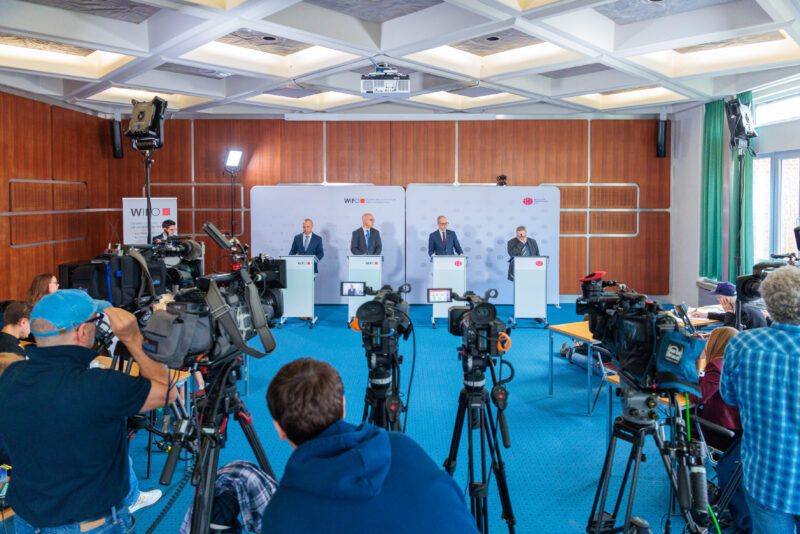
Mental Illness and Sick Leave
Although less than 3 percent of sick leave cases are due to "psychological and behavioural disorders", these cases account for about 10 percent of the total volume of absenteeism of workers in Upper Austria due to their strongly above-average duration. Mental illnesses show a gender-specific pattern. In 2016, women accounted for 13.4 percent of sick days, almost twice as many as men (7.1 percent). In the period from 2005 to 2016, which was examined in more detail in the WIFO study, there was a sharp increase in the mentally-induced sickness rate up to 2011; in subsequent years the rate stabilised or fell slightly. The sickness rate for younger people (up to 29 years of age) deviated from this pattern and continued to rise after 2011, albeit to a lesser extent than in the previous period. The study also comes to similar conclusions with regard to the consumption of psychotropic drugs, which increased by a total of 60 percent between 2005 and 2016 and also recorded the strongest increase among younger people.
In his study, WIFO researcher Thomas Leoni also shows that the unemployed are many times more affected by mental health problems than employees. The disproportionately high incidence of mentally induced sickness in unemployment is the result of both selection and reinforcement effects: on the one hand, mental health problems are a particularly high risk factor for unemployment; at the same time, the negative health effects of unemployment, especially long-term unemployment, are reflected especially in the form of mental illnesses.
In addition to the immediate impairment of health and well-being, mental ill health represents a major obstacle to employment for the affected workforce. Analyses of employment stability show that, compared with other sickness rates of similar duration, mental ill health leads to an increased risk of termination of employment.
Publications
- Thomas Leoni
Please contact
























